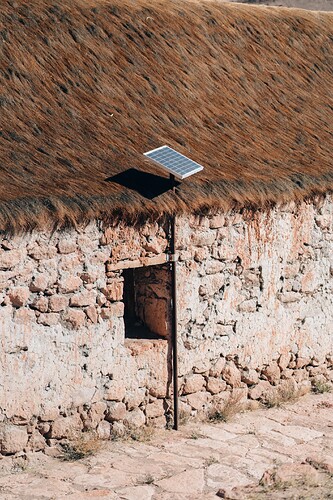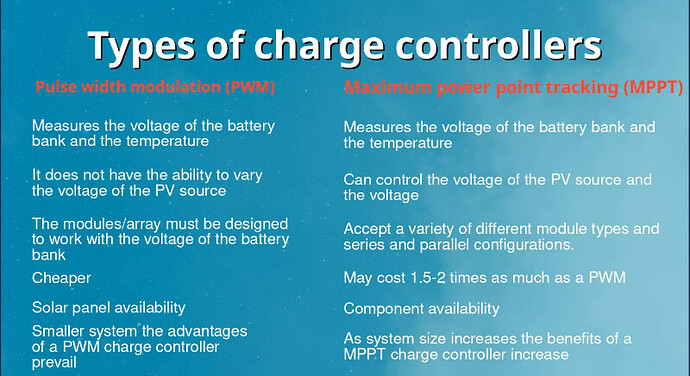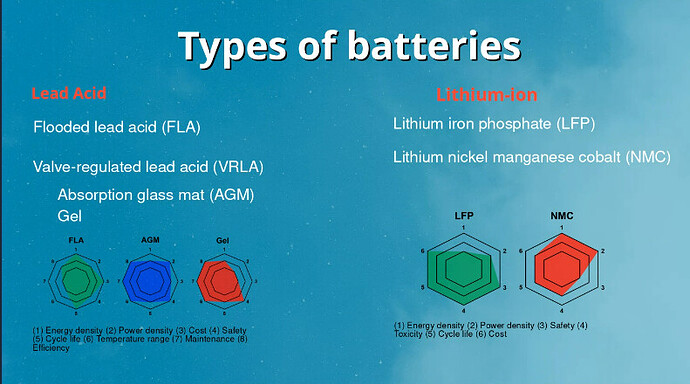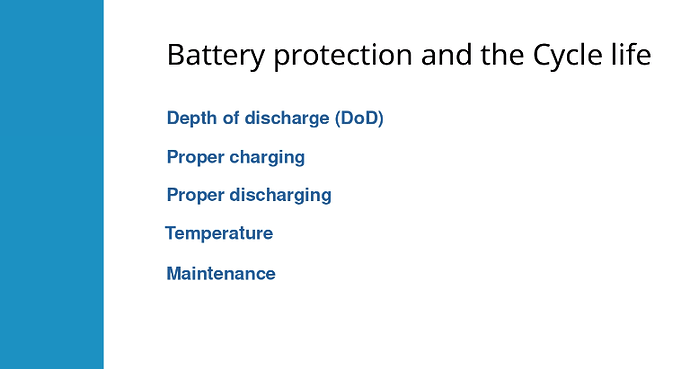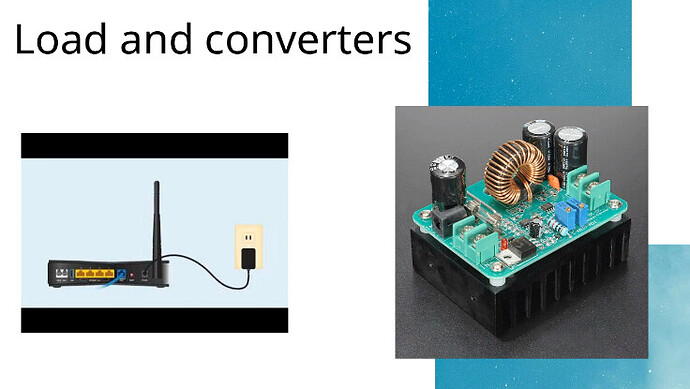Notes of the webinar “Best practices with photovoltaic systems”
Participants: Henok, Orlando, Lilian, YZ, Pedruski, Pepe, Hiure, LocNet team (Bruna, Nico, Nil, cyn, Adriana, Sarbani)
Hiure: hi everyone, I will try to bring best practices to you and turn information into knowledge. Today I am building on the questions raised in the group but there will be gaps, though we will tr to cover all important issues.
In the last session we build on an anlogy between a rain water collector system and a photovoltaic system, comparing all components and trying to understand together, how things work. However, symplification can create mistakes, so let’s be careful. We then tried to understand what happens inside the wire when there is electricity…carrying electrons. After that we tried to understand what happens in a circuit and explored 3 mein concepts: current, voltage and resistance.
In this second session we will look on all the components of a photovoltaic system and focus on information that people want to know more about. We will also present around the solr calculator to size a set of equipment…
So again turing to our examples, let’s see:
- how to make god use of the sun…
- hot to take care of possible energy losses
- how to size the thickness and type of yarn to avoid loss
- mppt controllers
- battery protection, different types
- understand AC and DC loads
The first thing is about the sun: tilt and azimuth
How to maximize the producton from the sun? The position of the panels is important:
- N-E-S-W direction (azmuth)
- Ankle (tilt, corresponding to the latitude)
Ex. in the Northern Hemisphere we have to point the panel to the North, and in the South to the South…if not we will have less energy from the sun. In the internet there are lots of calculators to define the best positions
About the solar panels
- avoid shade on the panels.
The diodes avoid that the current can flow in the wrong side. Normally the flow is from the postive to the negative, if this is not guaranteed, the panels can be damages. Therefore the panels come with the diode but if we have shade on the panel, the group of cells in this section does not work. We have to avoid shade that covers several sections…
Shades from trees and mountains can be a problem. But there are devices called “solar pathfinder” to define the best position, if there are obstacles around.
*** Mounting of the system (temperature adder)**
Higher temperature means reduced energy production. Each degree celcius can mean a significant loss. A 5 degree difference means already a significant loss. It is better to use polls then to put the panels on a roof.
*** Soiling loss**
If you do not clean the system it can be damaged and create a 50% energy loss. So modules should be cleaned weekly. You should count losses from the beginning on also to avoid too much load.
*** Wiring loss**
Normally copper gives good resultes, also the thickness and the lengh will influence. There are tables to calculate correctly and avoid up to 4& of losses.
Q&A First Session
Q. How much bigger do the panels need to be in areas like northern Europe and southern Brasil, compared to the equator?
A. The radiation of each place does infuence. There are radiation maps to calculate but normally there is more radiation at the equator
Q: Is there an specific way to clean it? does water damages it?
A: A bit of soap wont hurt, water dus not create damages
Q: in regions where there is lot of rain and cloudy weather, is there production of solar energy? i have always been curious about this
A: In cloudy reagions we have less solar energy produced, so the sizing of the system is different…
Q: For example, imagine that I have an array of 4 PV modules, in an array of 90vdc and 21amp at 25m from where will the energy be stored? what formula should i use?
A: It is important to size correctly to have energy from the panels. If the load is too high for the storage, we loose energy but we also have to avoid complete discharges. There are lots of formulas.
Types of charge controllers
PWM (Pulse width modulation)
MPPT (Maximim Poerpoint tracker)
The best wy to chose is to understand the two different things. For smaller systems with fixed voltage a PWM is ok. The choice also depends on the location…
Types of batteries
Batteries are an expansive and bad thing of the solar system: they pollute the environment. We many different types of batteries but in general two groups (see above).
Comparing the two types FLA are simple and cheap and a little more durable since more forgivable for deep discharge. Every battery has a discharge limit. Ex. in the cellphone we use all the energy but you cannot discharge all batteries the same way. FLA needs maintenance [check information in the recording] THe gel battery has a gel inside, not a liquid, important to know when we move things.
Another battery group are the Lithium-Ion batteries. They perform better but FLA remains the standard battery set, now LFPs and NMC are becoming more frequent. LFP is now a vavourite for standalone systems: longer life cycle, low price per KW, less toxic, safer. LFP also enables manufacturers to design batteries that you can open and change cells and repair the battery. The advantage of the NMC is a higher energy density and can deliver more energy in shorter time. Found in Tesla…
Q&A Second session
Q: we can say that the PWM are for small and not constant loads and the MPPT are for larger and constant consumption?
A: yes
Q: Other question, I have a case where there are 8 batteries, 4 in series in two branches. the problem is that 4 batteries get hot and the other four don’t, why could this be happening if the controller is an MPPT?
A: The post in the CN forum also brought this point: we should try not to use the batteries in series because you can damage them. Always use the batteries in parallel. We use batteries in series if we need more current. In this case it is better to buy a more powerful battery. For routers, etc. we normally do not need mor then 8 batteries. There are also MPPTs that can messure the battery temparature and help to avoid damages.
Battery protection and the Cycle life
Important to take into account…always read the manuals
- Depth of discharge: the amount of historic capacity removed…we have to take care to avoid complete discharges because it reduces the battery life cycle
- oversize the battery helps to avoid complete discharges
- proper charging: check in the manual and set the charge controller for this (also normally the charge controllers can identify this…but not all charge controllers identify all battery types)
- proper discharging (a maximum discharge rate has to be respected)
- temperature: effects performance and life cycle
- maintenance:
Overcurrent protection device (OCPD)
…breakers just have to be reset, fuses have to be replaced after an overcurrent
Load and converters
If our router is 12V and the battery voltage 12V too, we can directly connect it to the battery. But if the voltage is different AC/DC converters have to be used. There are two kinds of converts, step down and step up: lower input and higher output or the other way round. There are many solutions. But converters are cheaper then invert, where the energy is converted two times…
This is what I wanted to share. What questions do you have?
Q&A Third session
no questions
How to size your system with the tool: https://solar.coolab.org
Here can you see our application. The main coder was Luandro, I helped with the calculations.
The app helps to calculate the the system. First you chose the divice that you want to solar power. You can chose devices or select another load. Then we calculate solar irridation time in hours (Elektra’s approach is more accurate but this is still good).
Then you can chose how many hours per day you need energy. THere are further advanced setting about the battery discharge, the loss.
THen the app will calculate the size and specificities of the system, including wires and settings. And you can safe the results as a PDF. We have to become more accurate…
Q&A
Q: Why was the result 60 hours of autonomy per day?
A: I just put random things to show how it…
Q: All devices on the tower are not always on solar energy so there has to be a normal current coming in and if no grid available we use solar. So in locations with lots of rain and with clouds does not take place much, right? So what happens in winter, anything? Will the devices sustain?
A: It is possible to use solar energy as backup but you would need another charge controller. There are hybrid controllers als for AC from the grid and then the controller checks where the energy comes from.
Q: And what about cloudy places?
A: It depends. But normally we do not have any place without sun. All energy comes from the sun. Even in Antartica it is possible, though difficult…
Thw work on solar energy will continue, in the community of practice but there are also many online resources. So let’s continue the discussion…
A project Hiure is working is a system that identifies the needed energy for the CN. We dont have to run the devises all the time, the servers. etc. In a community network we can change this behaviour in an ethical internet and the CNs can bring this ability to us. THe idea is to turn of things if not used. The idea to put on things all the time is a bad idea…
